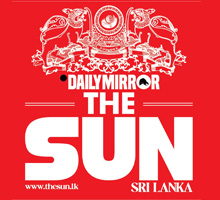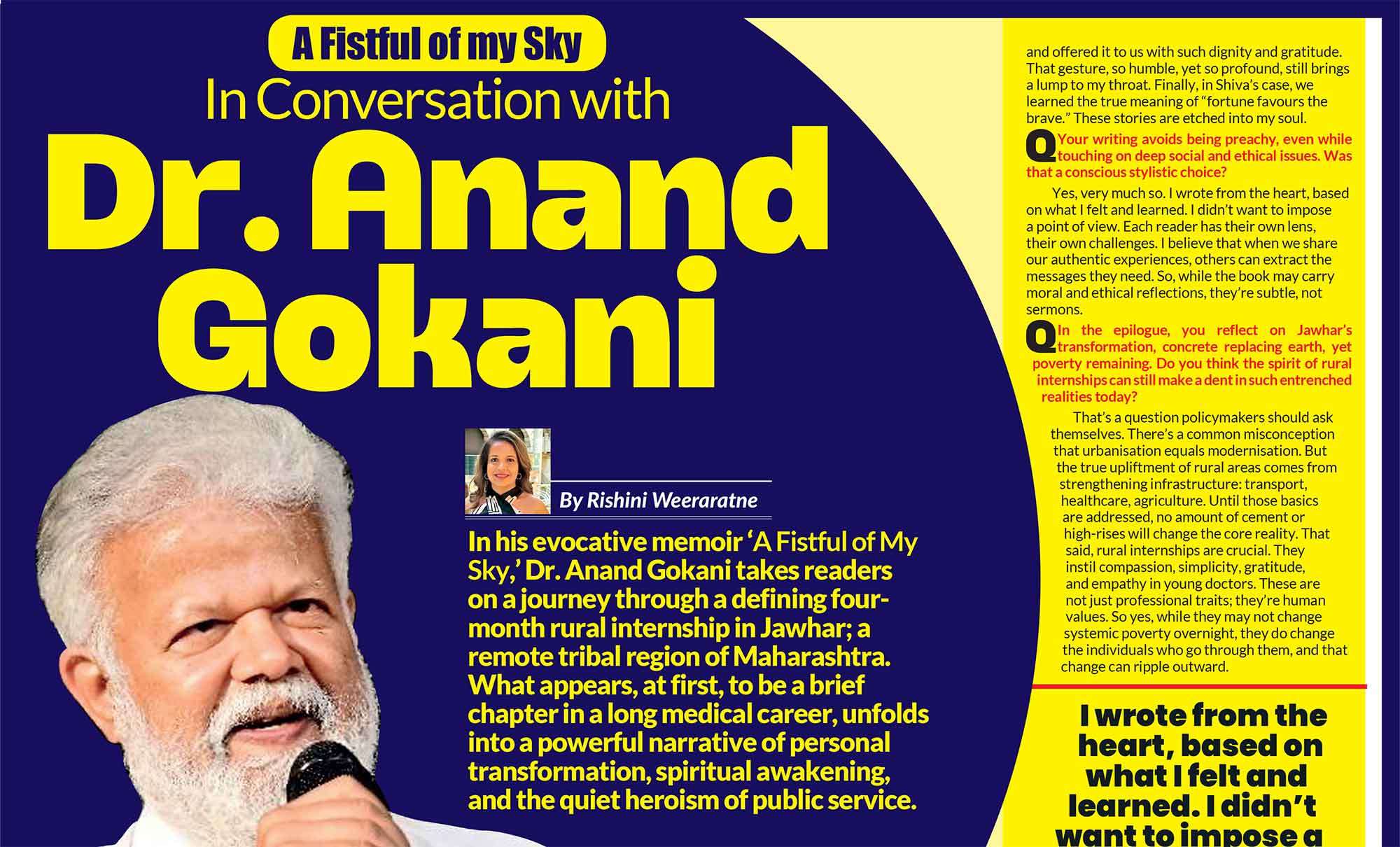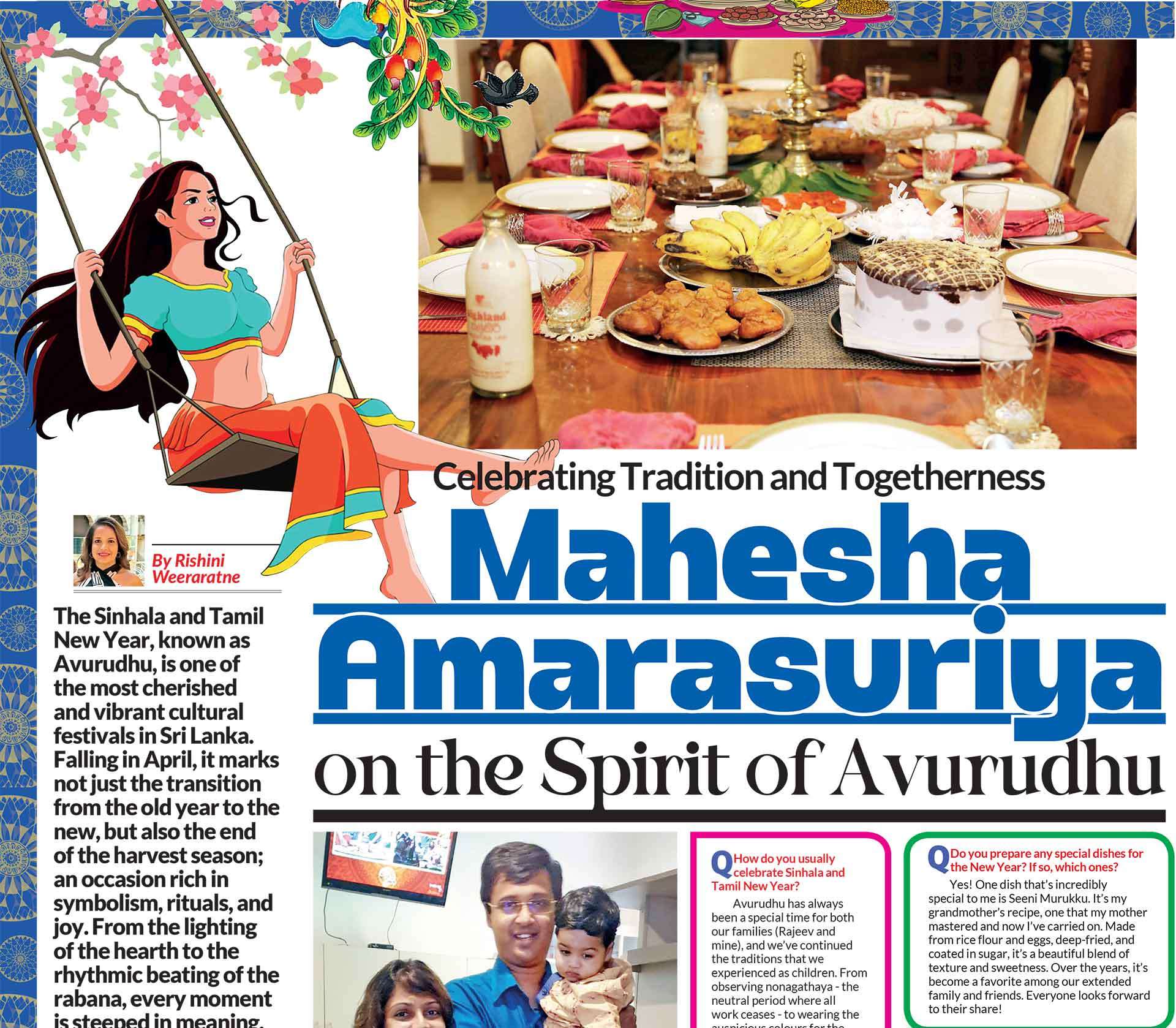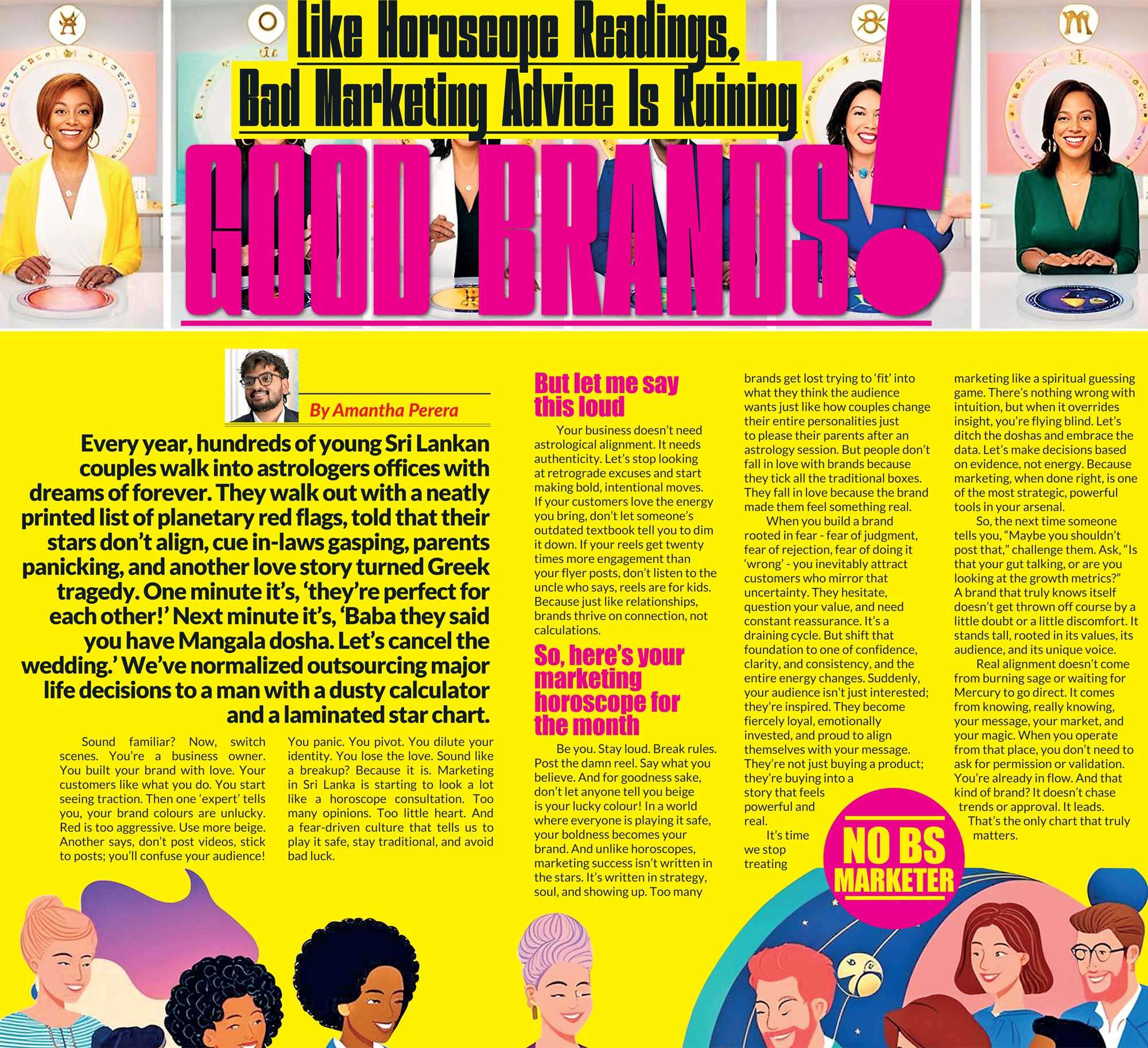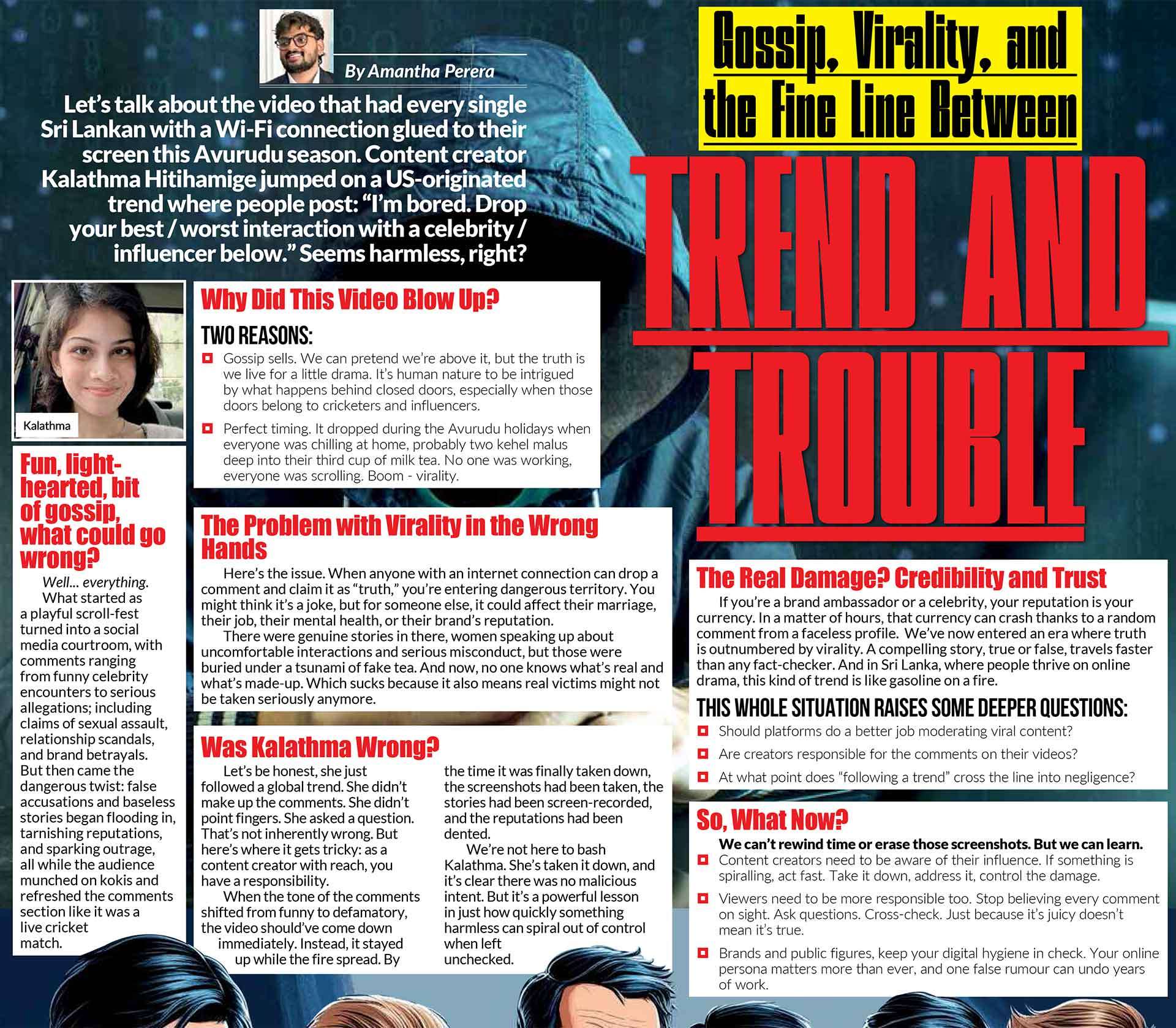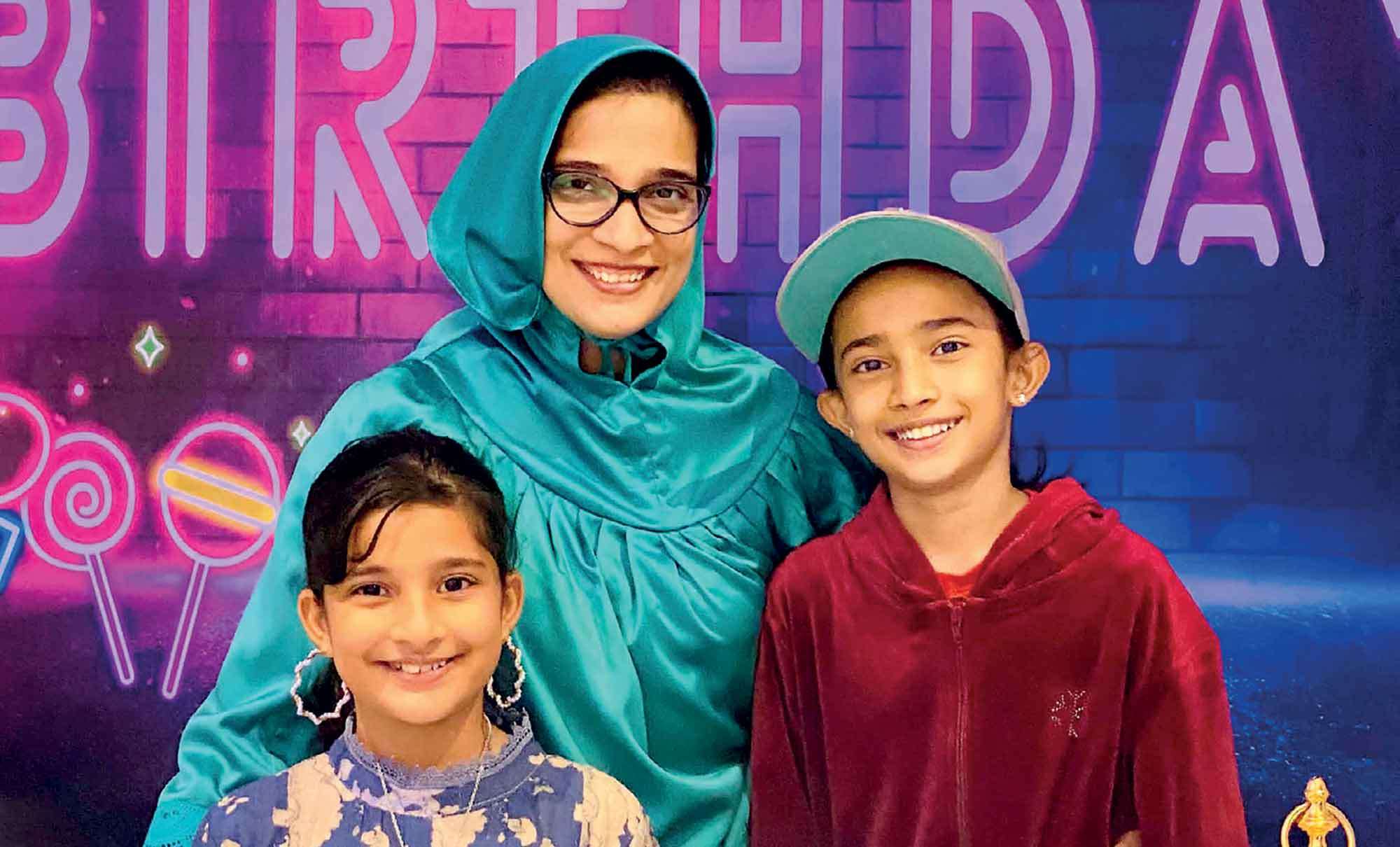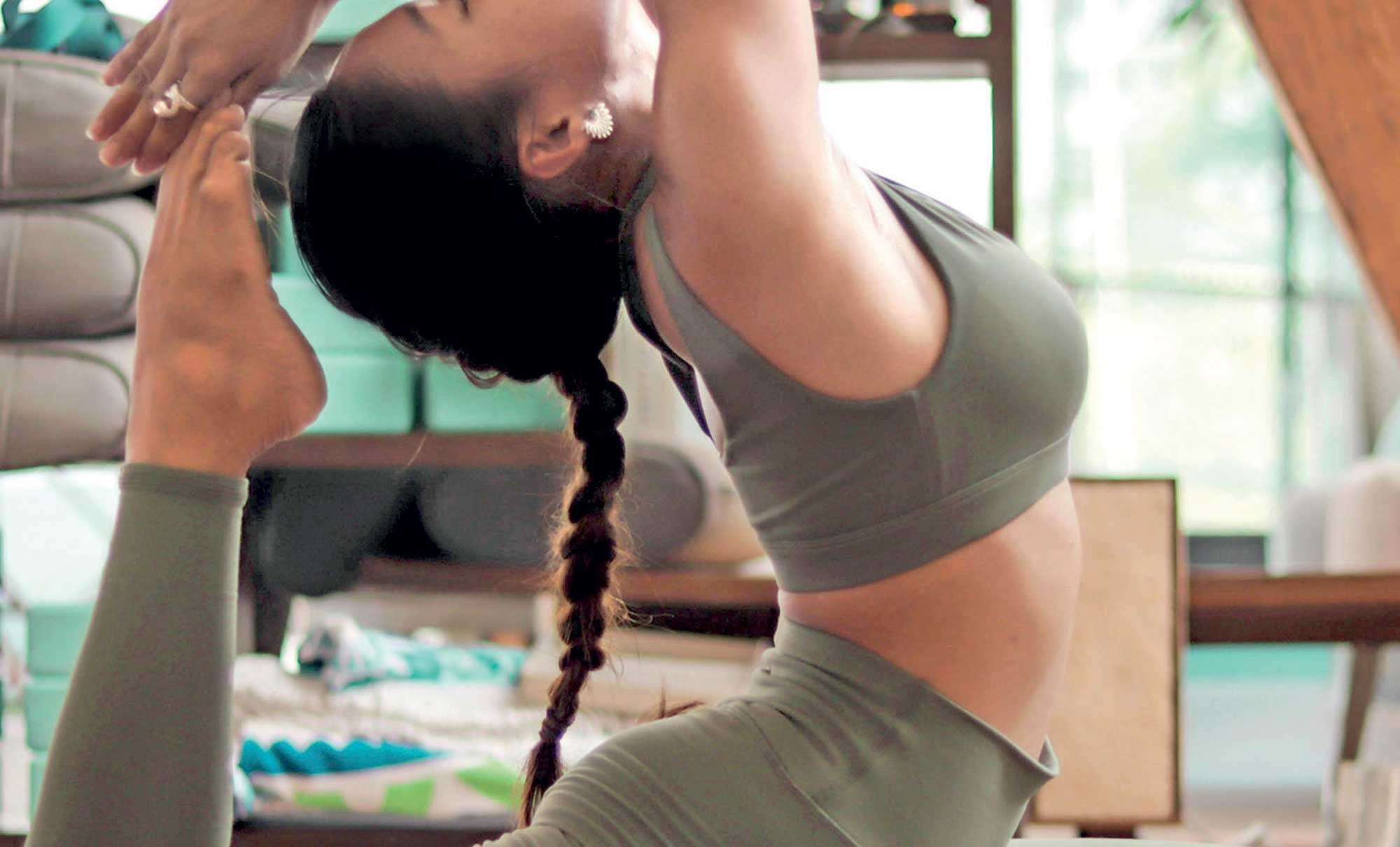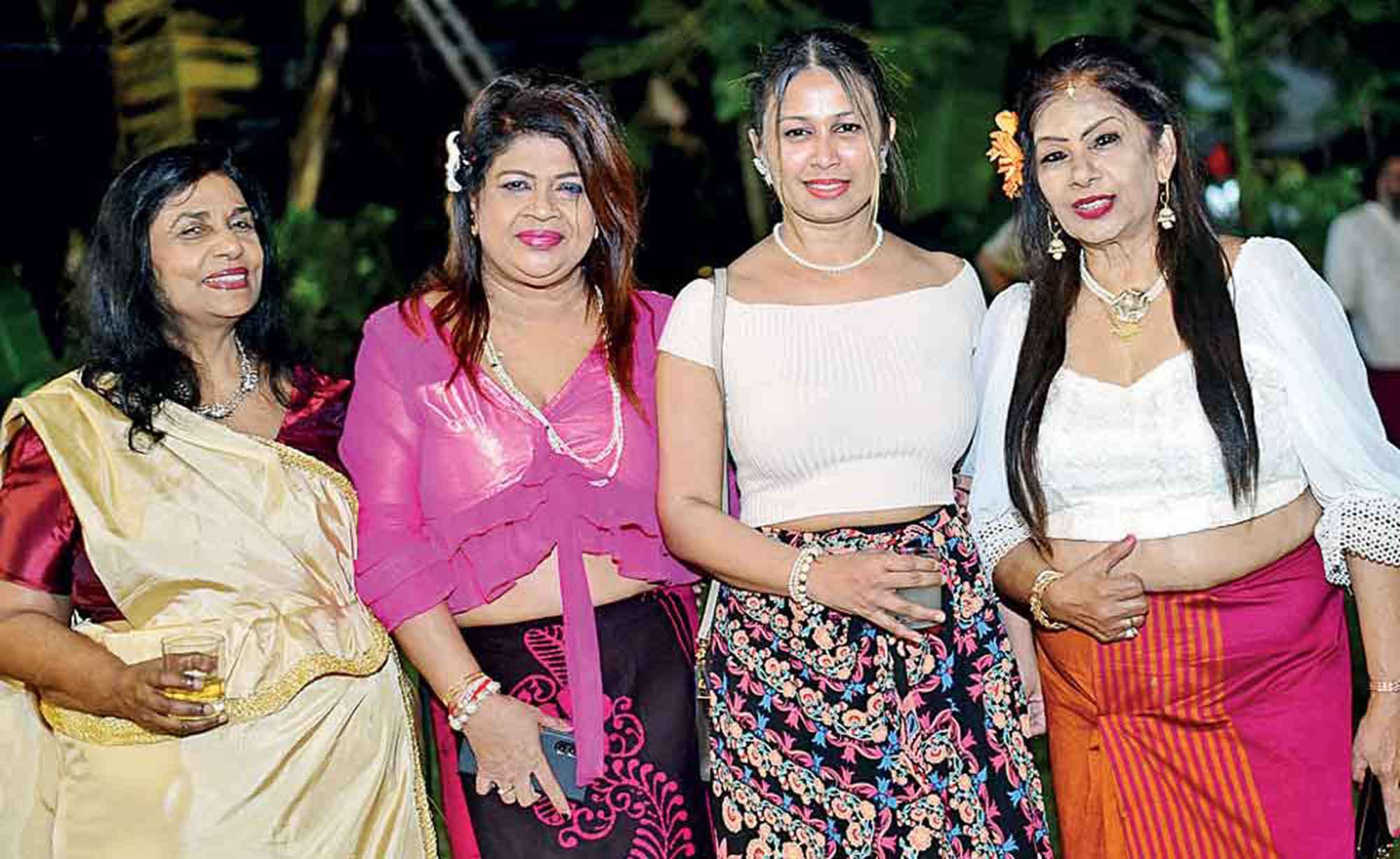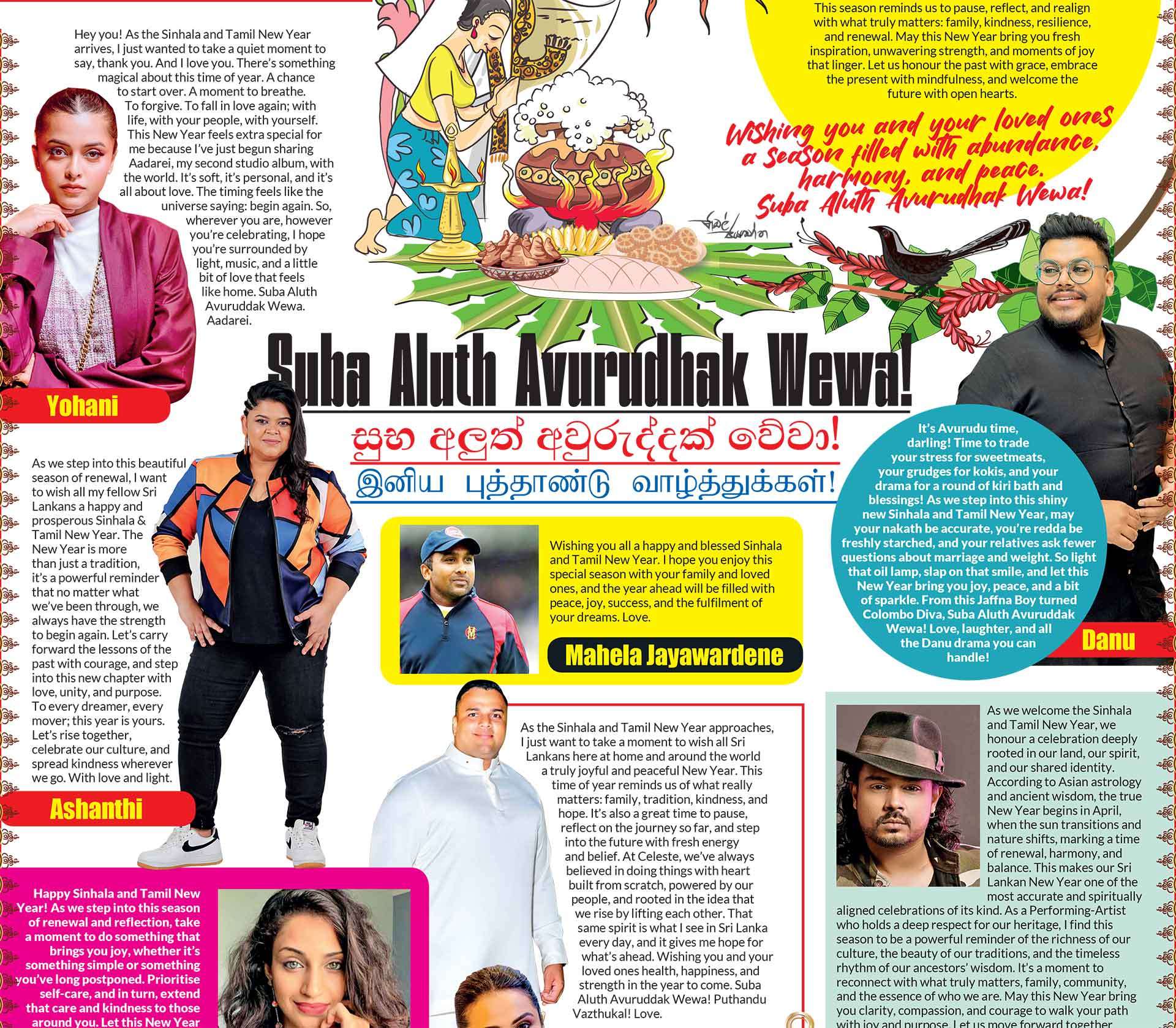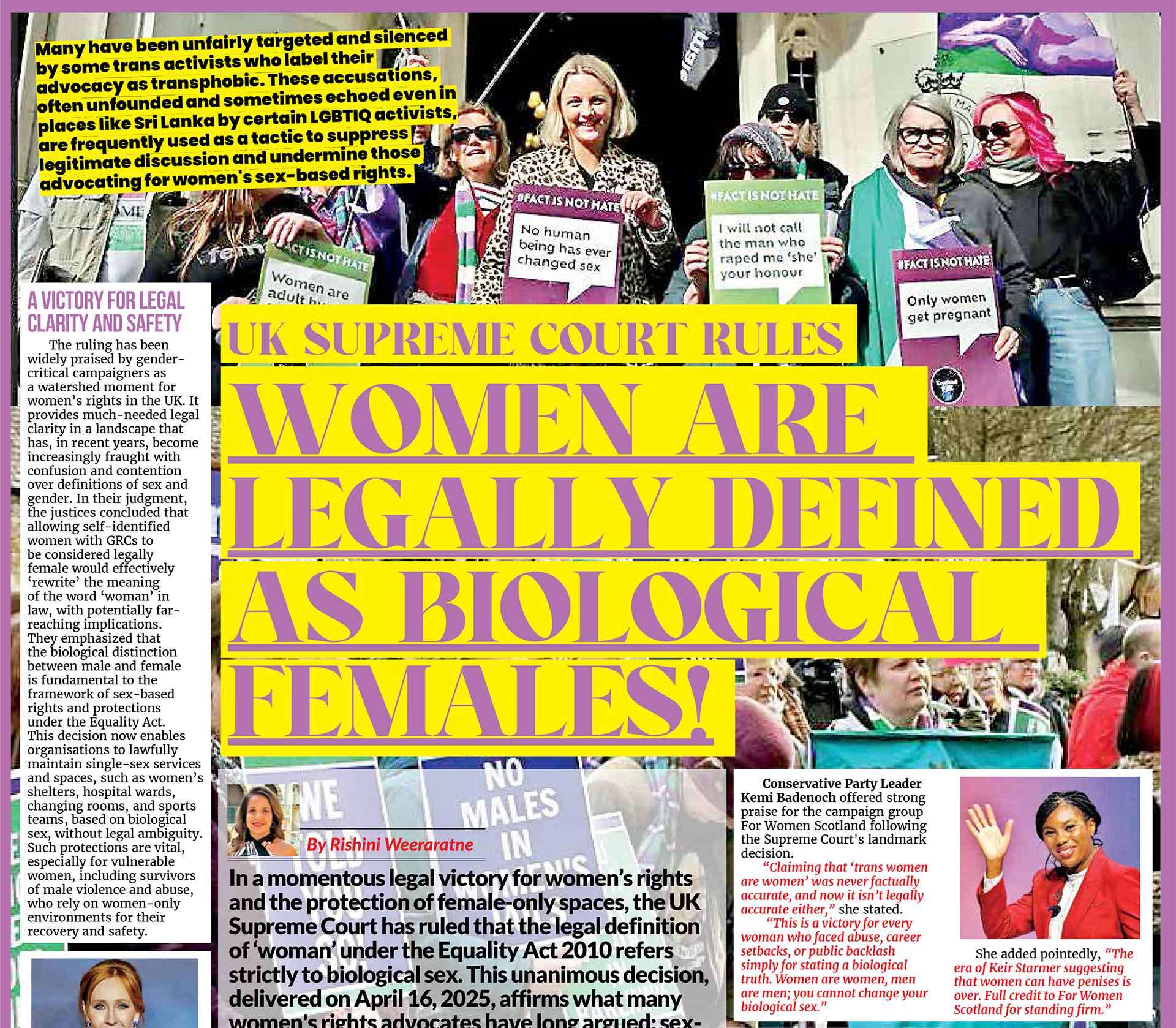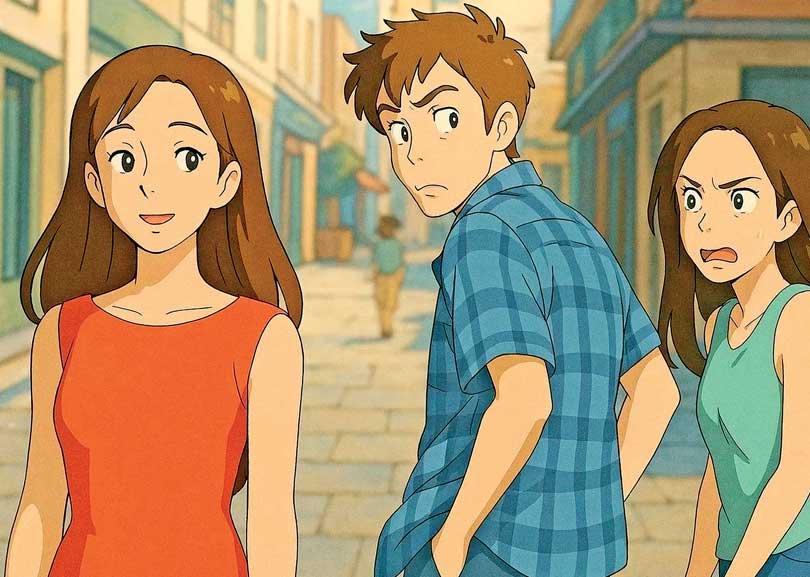
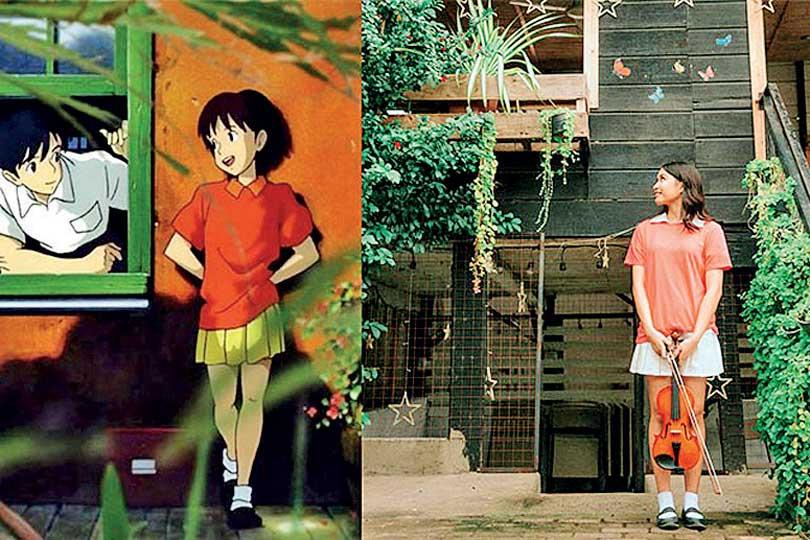
What once required talented animators’ years of training and hard work can now be replicated within minutes, thanks to artificial intelligence.
Studio Ghibli’s magic isn’t just in its dreamy visuals or whimsical worlds, it lies in the soul and craftsmanship poured into
every frame.
If you’ve been on social media lately, you’ve probably seen the internet’s latest aesthetic craze, AI-generated Ghibli-style images. From everyday selfies to city skylines and even pets, everything is getting a dreamy, hand-drawn makeover that looks straight out of Spirited Away or My Neighbor Totoro.
What started as a fun internet trend has quickly turned into a full-blown obsession. People are fascinated by how AI can transform ordinary images into stunning, whimsical works of art. Celebrities, influencers, and even brands are hopping on the trend, sharing their Ghibli-style portraits and landscapes across Instagram, TikTok, and Twitter and honestly? It’s adorable. But while AI Ghibli art is undeniably beautiful and nostalgic, it also raises an important debate: Does AI-generated art devalue the work of real artists? Are we sacrificing true craftsmanship for convenience? Let’s explore why the trend is so popular, its impact on the art world, and the ethical concerns surrounding AI-generated visuals.
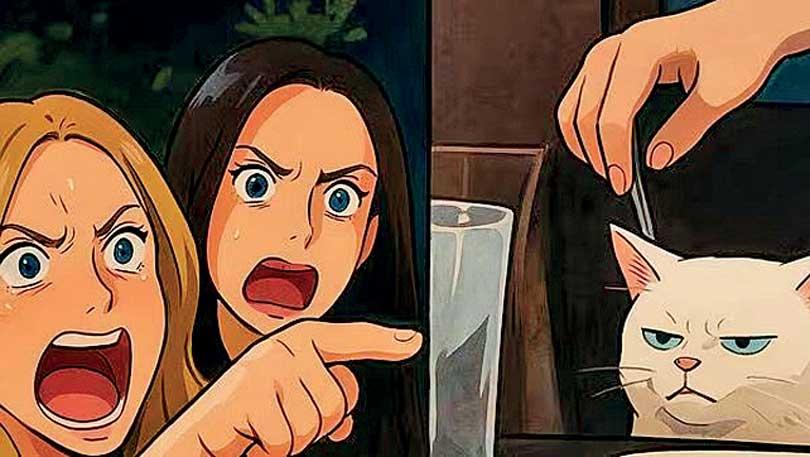
What is Ghibli?
Before we get into the AI trend, it’s important to understand what makes Studio Ghibli’s art so iconic. Studio Ghibli, founded by legendary Japanese filmmakers Hayao Miyazaki and Isao Takahata, is famous for its breathtakingly beautiful films that blend rich storytelling with whimsical, hand-drawn animation. From the fantastical worlds of Howl’s Moving Castle and Princess Mononoke to the heartwarming magic of My Neighbor Totoro, Ghibli has captivated audiences for decades with its uniquely detailed and imaginative art style. The defining characteristics of Ghibli’s animation are its soft lighting, stunningly detailed backgrounds, and the kind of atmospheric mood that transforms everyday moments into extraordinary, magical experiences. Whether it’s a young girl running through a forest or a giant, friendly cat bus, the Ghibli aesthetic has a way of pulling you into a world that feels comforting, nostalgic, and full of possibility. Now, with the rise of AI, this magic has made its way into the hands of the public. What once required talented animators’ years of training and hard work can now be replicated within minutes, thanks to artificial intelligence.
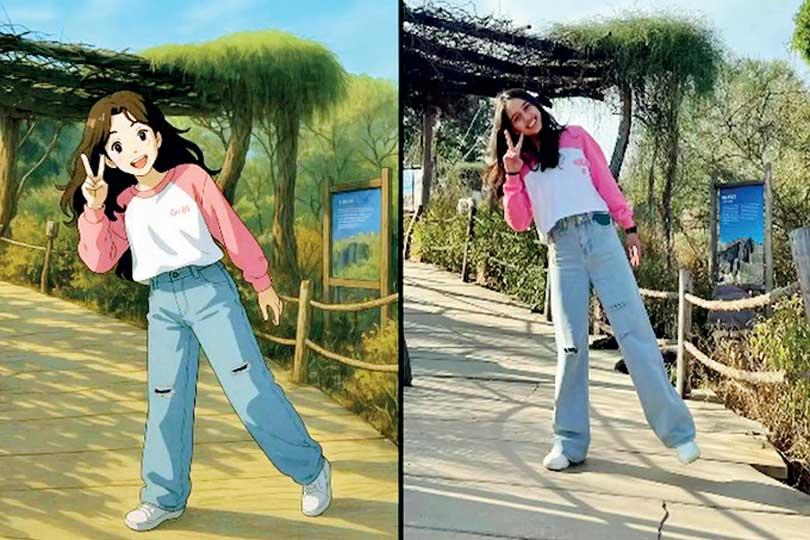
Why Is Everyone Obsessed with the Trend?
The internet is buzzing with AI-generated Ghibli art, and it’s easy to see why. The Ghibli aesthetic is warm, inviting, and undeniably charming. When people upload photos to these AI generators, the result is often a soft, pastel-colored dreamscape where every scene feels like it belongs in a cozy, animated fantasy world. Whether it’s a portrait of you and your friends, a snapshot of your pet, or an image of your favorite vacation spot, the Ghibli aesthetic makes everything look like a magical scene out of a beloved animated movie.
What’s even better? The process is quick and easy. With the help of AI tools, you can create these whimsical illustrations in mere seconds, no need for years of artistic training or special skills. All you have to do is upload a photo, and voilà, you’ve got a personalized, hand-drawn masterpiece. The appeal lies in how effortless it is to turn your world into something dreamy and otherworldly. And it’s not just regular internet users hopping on the trend. From Hollywood stars sharing their Ghibli-style portraits to TikTokers turning their homes into whimsical storybook settings, the trend has gone viral. Even brands are getting in on the action, using AI Ghibli-style visuals in marketing campaigns.
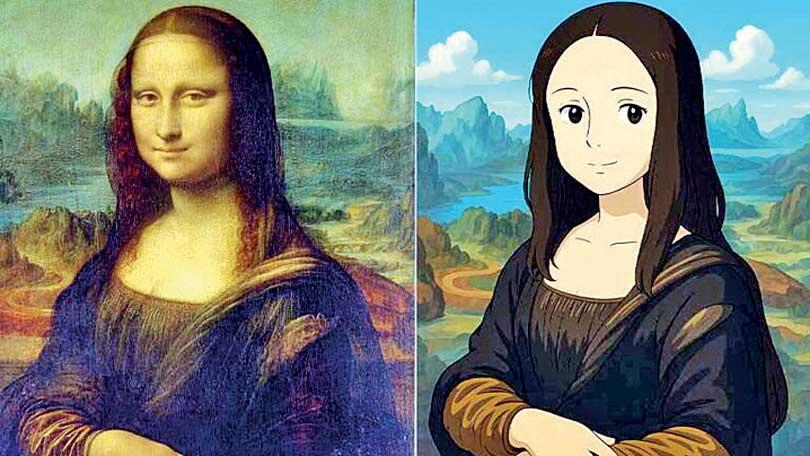
But Here’s the Catch…
While AI-generated Ghibli-style art is undeniably charming and visually striking, it also brings up a growing and deeply important concern: what about the real artists?
Studio Ghibli’s magic isn’t just in its dreamy visuals or whimsical worlds, it lies in the soul and craftsmanship poured into every frame. Each Ghibli film is meticulously hand-drawn by highly skilled animators, many of whom have spent years, if not decades, perfecting their art. The emotion, precision, and nuance found in their work cannot be replicated easily. And yet, with just a few prompts, AI tools can now generate near-instant images that mimic this iconic style, often trained on real Ghibli artwork without proper credit or compensation to the original creators. This raises a troubling question for illustrators and animators across the world: if AI can replicate an entire aesthetic in seconds, what happens to the value of human creativity? The fear isn’t just about imitation, it’s about displacement. There’s a real risk that brands, businesses, and even studios might start opting for cheaper, faster AI-generated visuals over hiring real artists, not fully understanding (or appreciating) what is lost in the process. Art has always been a deeply human form of expression, shaped by lived experience, cultural nuance, and personal emotion, things that AI, no matter how advanced, cannot truly grasp. The current trend threatens to blur the line between inspiration and appropriation, automation, and artistry.
The Verdict? Enjoy, But Stay Mindful
There’s no harm in hopping on the trend, it’s fun, nostalgic, and undeniably cool. But as we admire these AI-generated masterpieces, let’s also take a moment to appreciate the real artists behind the original Ghibli magic. Supporting illustrators, buying their work, and recognizing the effort behind hand-drawn art ensures that creativity remains human, not just algorithm-driven. So go ahead, Ghibli-fy your world. Just don’t forget the artists who’ve been making these dreamy scenes long before AI got in on the action.
